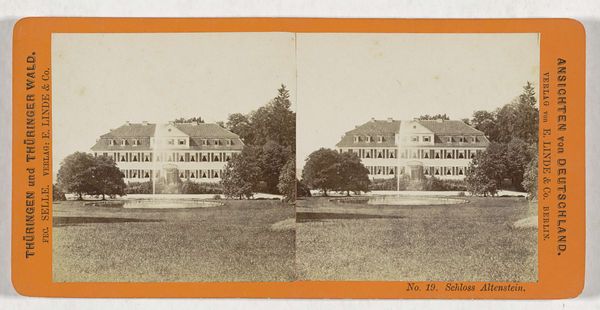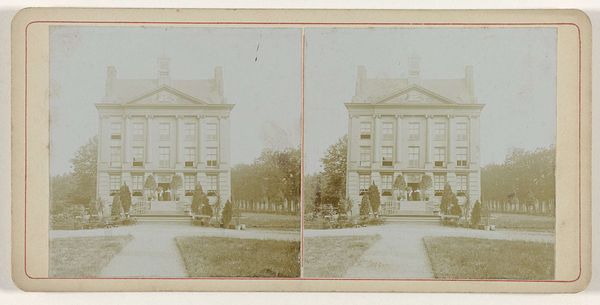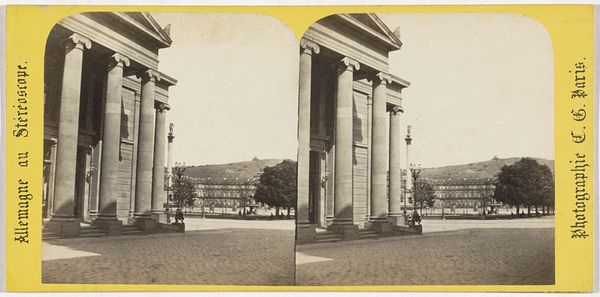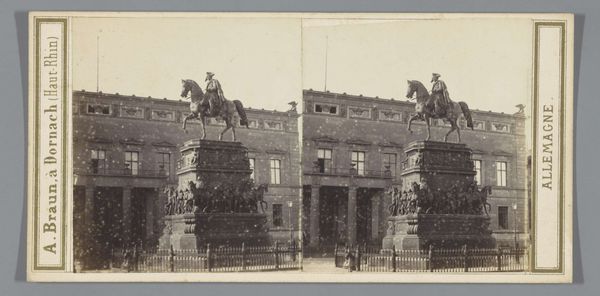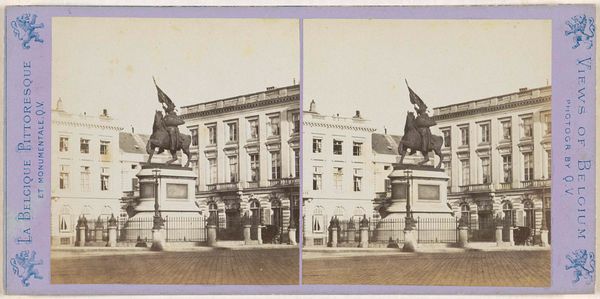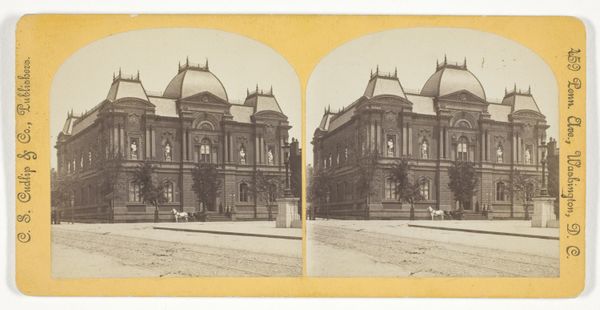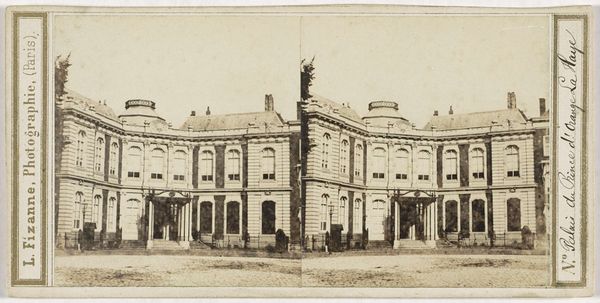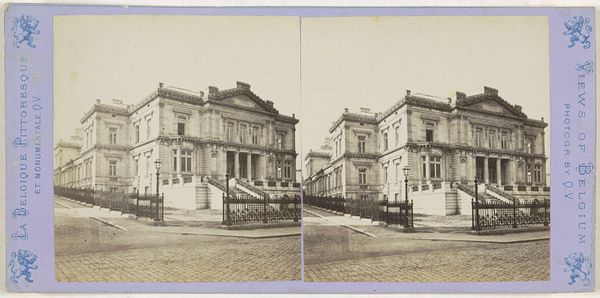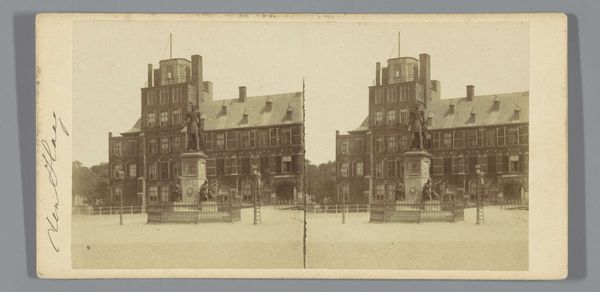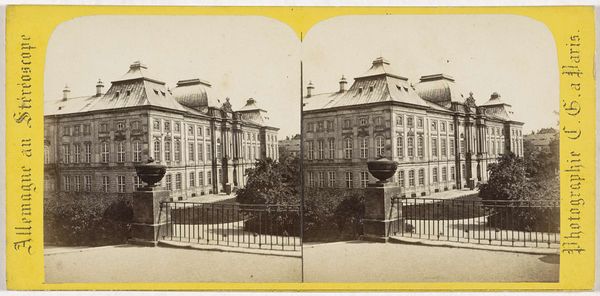
silver, print, daguerreotype, photography, albumen-print
#
silver
#
neoclassicism
# print
#
wedding photography
#
landscape
#
daguerreotype
#
photography
#
cityscape
#
albumen-print
Dimensions: 8.2 × 15.3 cm (each image); 8.6 × 17.6 cm (card)
Copyright: Public Domain
Editor: So, here we have an undated photograph titled "Washington Monument and State Capitol," presented as an albumen print on a stereocard. I find the repetition intriguing, almost like a mass-produced souvenir. What strikes you about it? Curator: The key for me is the process itself. These stereocards, mass-produced through photographic reproduction, were commodities. How does that impact the way we see the monument, not as a singular artistic achievement, but as something consumable, part of a broader economy of image making? Think about the labor involved in capturing and replicating this scene. Editor: That's a fascinating point. So it shifts the focus from the monument’s intended symbolism to the mechanics of its representation. Curator: Exactly! Consider the implications of using albumen, derived from eggs, as the printing medium. What's the labor required? Where did those materials come from, who produced them? These seemingly invisible choices shape the final product, creating an illusion of objective reality. What purpose does a repeatable image of a landmark serve? Editor: It's interesting to think about that illusion of reality. Does the choice of photographic medium influence how we interpret the photograph's cultural meaning in relation to other forms of early photography like the daguerreotype, or even traditional painting and sculpture? Curator: Absolutely. The rise of photography, including albumen prints, had a significant impact on visual culture, challenging the established hierarchies of art. And with regard to social implications, the consumption and distribution of these images played a crucial role in constructing national identity. Where did it circulate, and who consumed it? Editor: I'd never thought about the materials having such a profound impact! Curator: Materiality is key. Editor: Thanks for sharing your expertise. Thinking about art this way offers such a different perspective!
Comments
No comments
Be the first to comment and join the conversation on the ultimate creative platform.
